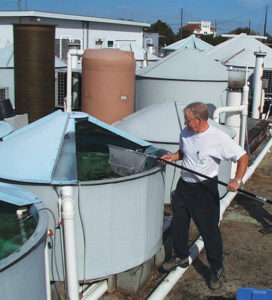
Tank on-growing of black sea bass
Progress in developing aquaculture methods for black sea bass is related to the concurrent study of culture requirements for the growout or “ongrowing” of captive wild stock.
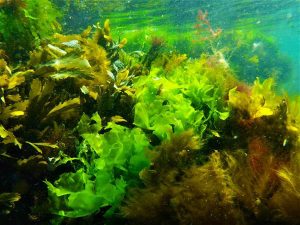
Twenty species of sea lettuce found along the Baltic and Scandinavian coasts could benefit aquaculture industry
Study finds the number of sea lettuce species is much larger than previously known, with possible benefits for expanding aquaculture.
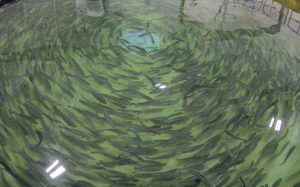
Salmon farmers limiting time at sea for biological risk mitigation
Land-based aquaculture, perhaps the ultimate environmental risk-mitigation tool, was the talk of the town at the IntraFish Seafood Investor Forum. Once scoffed at for high capital and energy requirements, RAS now has a crowded bandwagon.
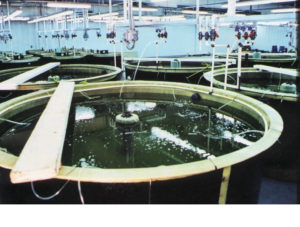
Larval rearing of sea bass in desert-saline Middle East
European sea bass have been raised in the favorable climate of the Middle East since 2000. For effective larval rearing of sea bass, the authors recommend the use of temperature-controlled water with about 35 ppt salinity and good aeration in tanks.
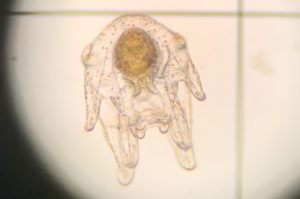
An urchin opportunity awaits in New England
To both restore waterways and meet a growing demand for the so-called “foie gras” of the sea, researchers are stepping up efforts to restore green sea urchins.
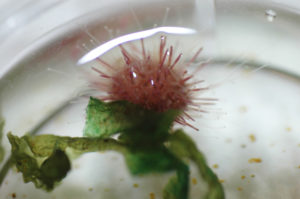
Researchers overcoming learning curve for production of sea urchin seedstock
Cost-effective seedstock supply is needed for commercial production of sea urchins. Metamorphosis from free-swimming planktonic larvae to benthic grazers has presented a significant challenge.
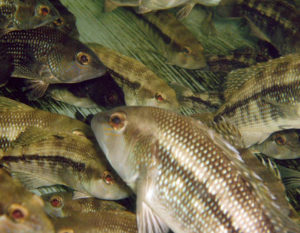
UNC-Wilmington conducts research on black sea bass
Studies at UNC-Wilmington found that growth and survival of black sea bass larvae were improved through supplementation of DHA and ARA in live feed.
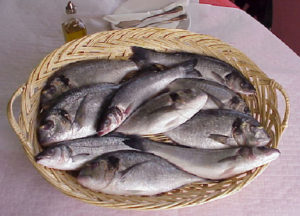
Fishmeal, fish oil replacements in sea bream, sea bass diets need nutritional compensation
Fishmeal and fish oil replacements present a challenge for the aquafeed industry. The range of alternative protein and fat sources is limited, given multiple considerations.
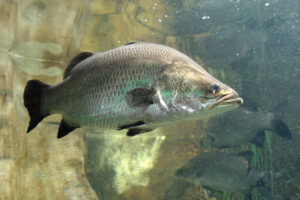
Current status of genome-based selection in Asian sea bass
Selection strategies to improve Asian sea bass lines, development of elite lines, practical advice and considerations for further improvements.
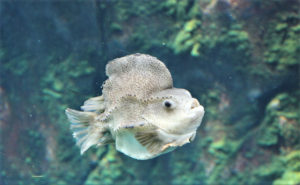
Lumpfish production in RAS with various water treatments
This study investigated the effect of various RAS water treatment designs on water and biofilm microbiota, survival, growth and gill health of lumpfish.
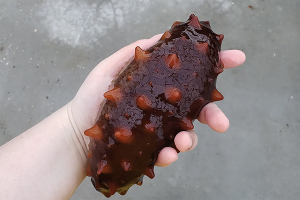
Cool stuff: Sea cucumbers can keep fish farms clean, research finds
University of Stirling research finds sea cucumbers can flourish by feeding on organic fish farm waste and subsequently be a high-value product.
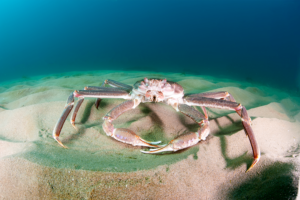
Fisheries in Focus: How the mystery of the great eastern Bering Sea snow crab die-off was solved
A research team has uncovered the reason why billions of snow crabs died in the eastern Bering Sea in 2021, closing the fishery for the first time.
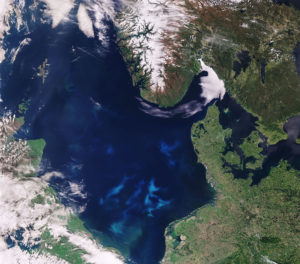
Killers at sea: Harmful algal blooms and their impact on aquaculture
The causes and effects of harmful algal blooms have only been studied recently, as damage to the global aquaculture industry mounts.
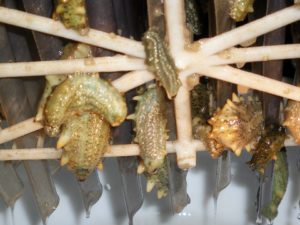
Probiotics improve nursery performance of juvenile sea cucumbers
While sea cucumbers are one of the most prized seafoods in China and Asia, their production suffers from suboptimal juvenile production. The use of proper feeds and overall management in the nursery can improve yield and survival.
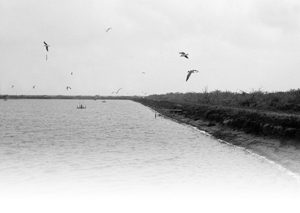
Sea birds pose threat as vectors of penaeid shrimp pathogens
Sea birds can spread viral, bacterial, fungal and protozoan diseases to shrimp farms, so future farm designs should take their presence into account.
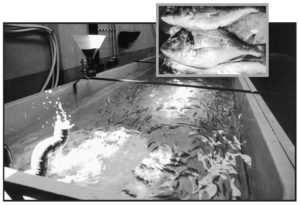
Commercial production of sea bream fingerlings in Spain
Sea bream fingerling producers have had to modify their facilities to grow larger animals by increasing tank volume and water flow.
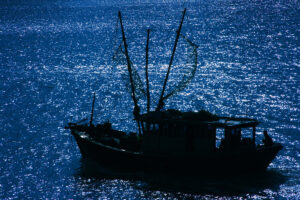
Why WiFi? A connectivity crisis is a threat to fishing crews’ well-being
A lack of affordable and reliable Wi-Fi for crews jeopardizes their well-being and exposes them to exploitation and illegal fishing practices.
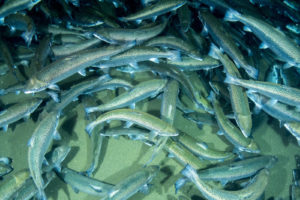
Developments in closed-containment technologies for salmonids, part 2
In the second of a two-part series, Steven Summerfelt discusses various efforts to improve knowledge of closed-containment systems, innovations in fish feed and presents comprehensive concluding remarks.
